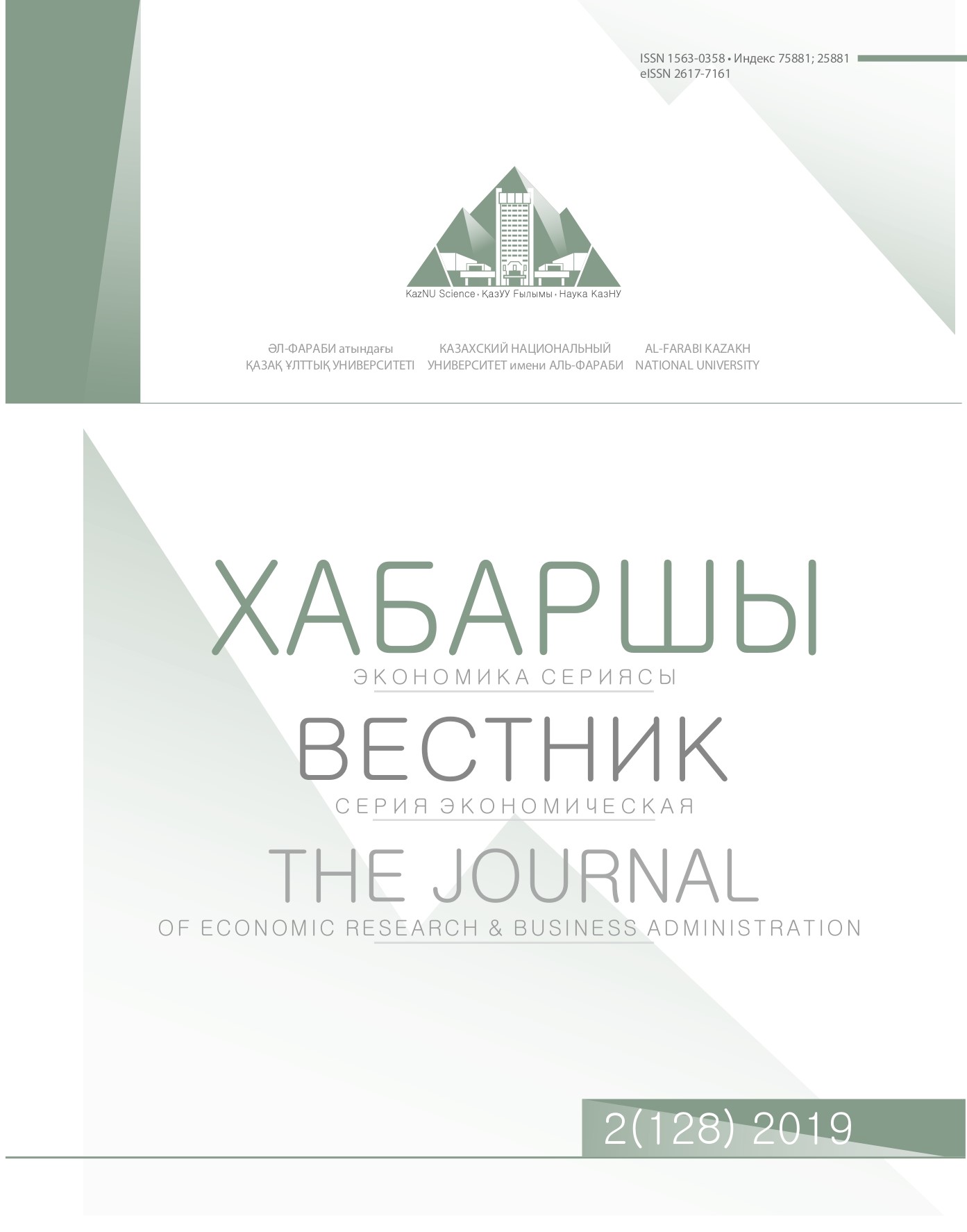About the need to use key performance indicators (KPI) of projects in the hotel business
DOI:
https://doi.org/10.26577/be.2019.v128.i2.020Abstract
Suppliers of products and services should explore new opportunities to achieve competitive advantage in the age of information and competitiveness. It`s necessary to determine effective methods of competition in the organization of the hotel business. Because both the investor and the client they place high demands on organizations. It`s necessary to determine reliable performance indicators in the hotel business for finding a solution to this problem, in addition, it1s necessary to create a balanced and comprehensive system of performance evaluation. Many hospitality professionals don’t use “Key Performance Indicators (KPI)” as an assessment tool. Key performance indicators help to assess the company’s position, define strategic and tactical goals, as well as conduct monitoring in the company and
its divisions. KPI is a tool for measuring the achievement of company goals. For this reason, performance
measurement indicators for each organization should be defined and used as a tool to measure the
achievement of goals in practice.
The aim of the study is to determine efficiency indicators that are used in the practice of the hotel
business and to identify the influence of factors such as age and education of managers, work experience
and the category of hotels on the efficiency of the hotel business. Authors use univariate variance analysis
(ANOVA) for these calculations. The results of the study showed that financial indicators dominate to
determine the effectiveness of projects in the hotel business and the use of indicators doesn`t depend
on the age, education and experience of managers.




